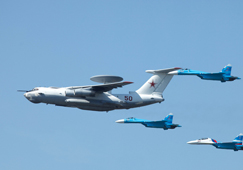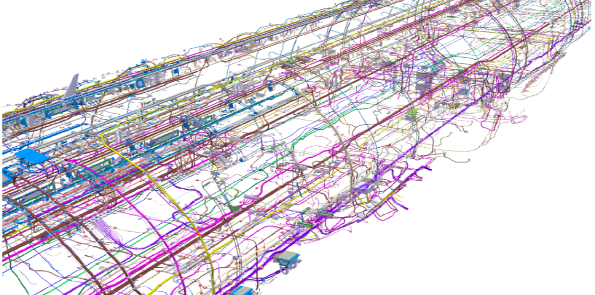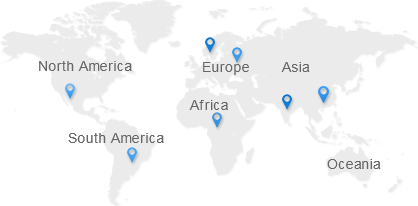Structure and classification of power cables
Power cables generally consists of core, insulation and protective layer of three parts. Wire layer for the conductive; insulation layer is the core conductor and protective layer insulation isolation, to prevent leakage; protective layer used to prevent damage to the cable insulation, moisture, and to prevent liquid insulation (insulating oil) outflow.
Core
Cable core with copper core and aluminum core two. The core cross-section shapes are round, semi-circular and fan-shaped. Three-core and four-core low-voltage cable with fan-shaped core. According to the different varieties and specifications of the cable, the core can be made into a single entity, can also be made of stranded core. The stranded wire is twisted from a single wire and a single strand.
The characteristics of various insulation structures
1. Oil-paper insulated cables are mainly viscous impregnated paper insulation and no drip two, generally used in 3-35KV system.
(1) sticky impregnated paper insulated cable: simple structure, easy manufacturing, low price, easy to install and maintain, long life; should not do high drop laying, insulating oil easy to flow
(2) non-drip impregnated paper insulated cable; cost more sticky paper insulation slightly higher, longer working life, can be made high drop laying.
2. Plastic insulated cables are common PVC, polyethylene and XLPE and other cables.
(1) PVC insulated cables
The installation process is simple, the laying and maintenance is convenient, can adapt to the high drop laying, with non-flammable; working temperature of its mechanical properties have a significant impact. Generally used in 6KV and below the system.
(2) Polyethylene insulated cables
Can be applied to the high drop laying, process performance, easy to process, but easy to flame, heat easily deformed, prone to stress cracking. Less use.
(3) cross-linked polyethylene cable
XLPE cable to allow a higher temperature rise, so allow a greater capacity, good heat resistance, suitable for high drop laying, installation and maintenance is simple, anti-corona, poor discharge performance. Cross-linked polyethylene cable has been more and more widely used, suitable for a variety of voltage.
3. Rubber insulated cable
Rubber insulated cable is flexible, easy to bend, flexible, suitable for multiple disassembly lines, but resistant to corona, ozone resistance, heat resistance, oil performance is poor, so can only do low-voltage cable.
The above is a brief introduction to the structure and classification of power cables, learn more about the contents of power cables, please pay attention to kingsignal official website.







